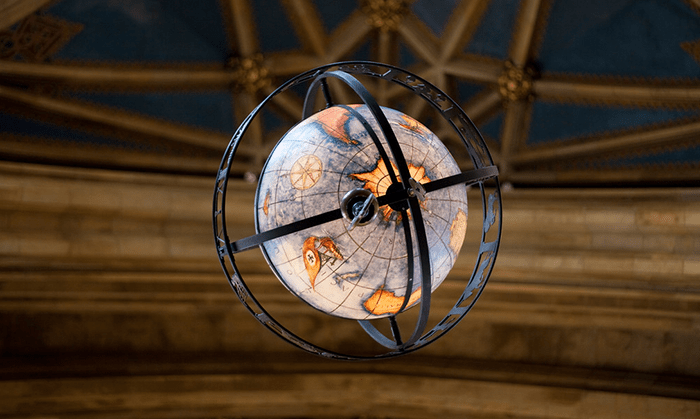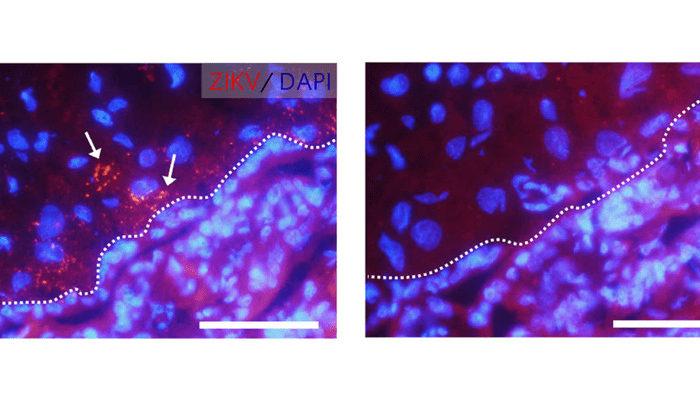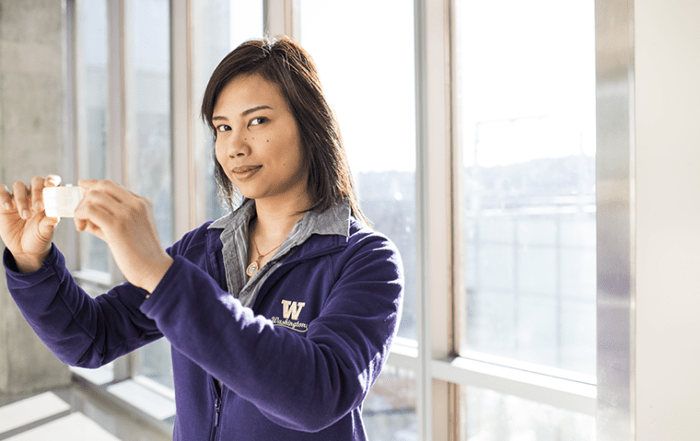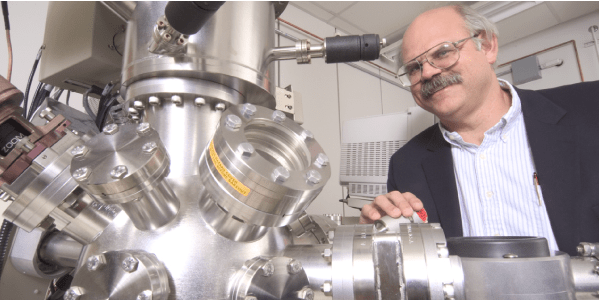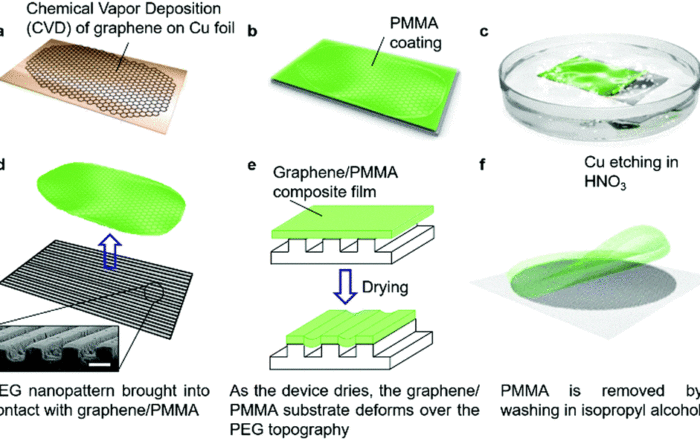UW Bioengineering ranked fifth among biomedical engineering programs by Global Ranking of Academic Subjects
UW Bioengineering is among several UW departments ranked in the world's top 10 in their respective fields in the Global Ranking of Academic Subjects list for 2017.
Gao lab discovers that material from shellfish dramatically enhances bioassays, medical tests
Xiaohu Gao and other UW researchers have discovered a simple way to increase the accuracy of commonly used diagnostic tests. By adding polydopamine — a material first isolated from shellfish — the team was able to increase the sensitivity of these common bioassays such as ELISA, micrarrays, FISH and immunohistochemistry imaging, by as many as 100 to 1,000 times.
Nuttada Panpradist receives Graduate Discovery Fellowship
Fourth year UW Bioengineering Ph.D. student Nuttada Panpradist of Associate Professor Barry Lutz's lab has received a 2017 UW Medicine Graduate Discovery Fellowship to work with Dr. Shirit Einav of Stanford University. The experience will allow Nuttada to further pursue development and translation of diagnostic technologies.
50 years of engineering better health for a boundless future
The 2017-2018 academic year marks the 50th anniversary of the founding of UW’s Center for Bioengineering and the 20th anniversary of the creation of the UW Department of Bioengineering, a department jointly operated by the UW School of Medicine and College of Engineering.
David Castner receives 2017 European Conference on Applications of Surface and Interface Analysis Award
David Castner is recognized for his outstanding scientific achievements and contributions to the study, analysis and understanding of biological and biomedical interfaces.
Deok-Ho Kim featured in 2017 Chemical Communications Emerging Investigators issue
Assistant Professor Deok-Ho Kim has been featured in the 2017 Emerging Investigators Issue of Chemical Communications, a journal of the Royal Society of Chemistry. In Micro- and nano-patterned conductive graphene-PEG hybrid scaffolds for cardiac tissue engineering, Dr. Kim and colleagues demonstrate a method for producing cardiac tissue scaffolds with anisotropic electroconductive properties using PEG-graphene substrates.



